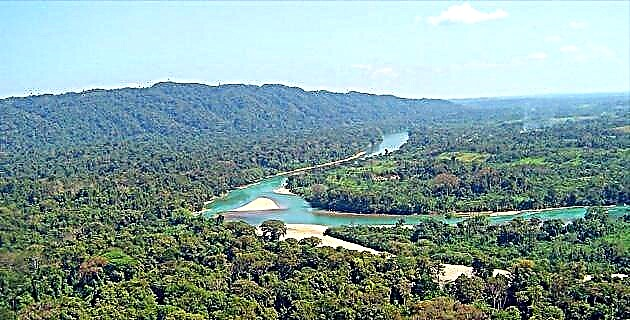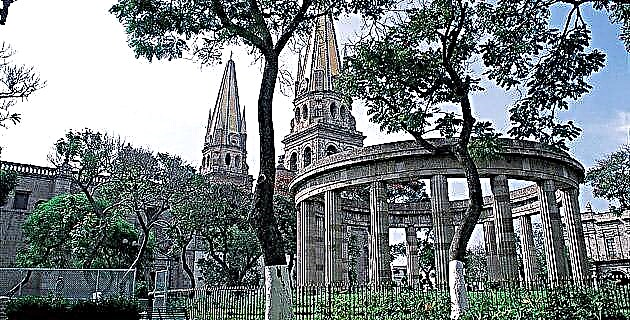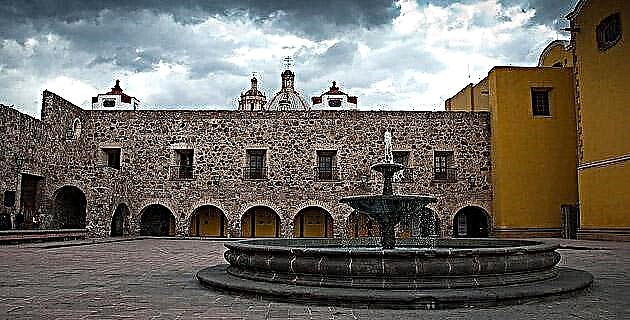
The presence of the Spaniards, at the end of the 16th century, in the place where the city of San Luis Potosí now stands, responded to military reasons, given the belligerence that the Guachichil indigenous people showed.
The Spanish subdued them and then reunited them in the town of San Luis to better control them, but they also brought with them a garrison of Tlaxcalans who settled in Mexquitic. With the discovery of the San Pedro mines in 1592 and the consequent development of mining, the miners negotiated with Juan de Oñate and the natives to settle in the San Luis Mexquitic plain, later San Luis Minas del Potosí, where they installed the profit haciendas and their homes. The new city, which would be recognized as such in the middle of the seventeenth century, received the common outline of the Spanish settlements in America: the checkerboard grid, with the main square in the center and the cathedral and the royal houses on its sides. But due to the construction of large churches and convents, as well as the presence of mining estates and some streams of water, the expansion of the city had to sacrifice the geometric regularity of its streets, so that they were outside the central sector. They are not straight or of the same width, giving a very original appearance to San Luis Potosí.
Unlike other towns of mining origin, such as Guanajuato or Zacatecas, the irregularity in San Luis does not reach, however, a labyrinthine character. As in other colonial cities in Mexico, the prosperity of mining and commerce in the late 17th and early 18th centuries led to the reconstruction of the main religious buildings, such as the temple and convent of San Francisco (which currently houses the Museo Regional Potosino ), to which the Aranzazú chapel and the Temple of the Third Order were added, as well as the old parish and current cathedral, which in the 19th century continued to receive new decoration works, and the sanctuary of Guadalupe, from the last half of the 18th century, work of the builder Felipe Cleere. Also from the time and by the same author is the old building of the Cajas Reales, in front of the square.
From the end of the century and from the famous Miguel Constanzó (author of the Citadel building in Mexico City) are the new Royal Houses, currently the Government Palace. A good example of civil architecture is the house of Ensign Manuel de la Gándara. One of the colonial temples, that of El Carmen, from the middle of the 18th century, shows an interesting ornate facade with Solomonic columns (spiral) surrounded by stone garlands. Its golden altars (except the main one) are one of the few that survived in this city to the change in fashion that, at the end of the Colony, replaced them with neoclassical ones.
The old houses of San Luis offer excellent examples of stonework on their facades and patios. The progressive secularization of life in Mexico at the end of the colonial period and the beginning of the independent era, made civil architecture acquire growing importance in this city as well. The famous architect Francisco E. Tresguerras designed the Calderón Theater project in the first decades of the 19th century, within the dominant neoclassical style of those years. In the same period the Column of the square was erected and the aqueduct of the Cañada del Lobo was built, with the splendid Water Box, the work of Juan Sanabria, which identifies San Luis Potosí. During the Porfiriato the Theater of La Paz was built, of a classic character and equally emblematic of the city, the work of José Noriega.











